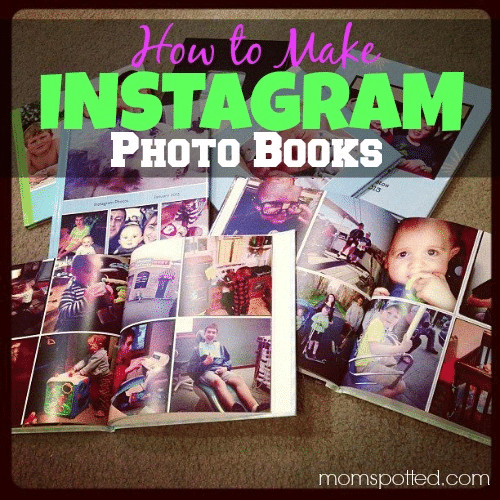While social media didn’t explode until after the millennium, its roots can be traced back to the 1990s and the dawn of the Internet. The major platforms that people use now such as Facebook, Twitter, Instagram, and YouTube all had predecessors prior to their launch that gave their founders reasons to believe their websites could succeed – along with what not to do in some cases.
AOL vs. Facebook
Via Marc Siry
Just like America Online in the 1990s, Facebook has been the dominant way to communicate with friends, read up on the news and take up a tremendous amount of your time on the Internet in the new millennium. While Mark Zuckerberg’s creation started fairly simple and bore little resemblance to AOL, it has developed into its own miniature version of the Internet. Between its Search Bar, Groups, and especially Facebook Chat/Messenger, which was the final nail in the coffin for AOL and AIM’s significance, we now have the complete user Internet experience that AOL helped shape in the late 90s-early aughts…without having to listen to this horrible noise.
Chat Rooms vs. Twitter
Chat Rooms tend to have a negative connotation to them after exploding in popularity in the 1990s. Back then you could find one of whatever topic you were interested in and engage in a free-flowing conversation with perfect strangers. While they still exist today, they are used much less frequently due to the advent of social media. Twitter, a micro-blogging website, took the idea of chat rooms and combined it with the traditional social media sites of today to create the perfect chat room – one where you only have to read updates from the exact people you are interested in hearing from. For example, if you are an avid television fan, you can follow fellow TV junkies, including the stars of your favorite shows, without having to deal with the trolls that pollute chat rooms. However, if you do encounter someone trying to spoil the fun, you can just block them!
Via going veggie
Shutterfly vs. Instagram
Most people likely don’t even know that before Shutterfly made nice photo books for your mothers, it started solely as a way to share photos online with friends. While everything online can be monetized somehow now, it wasn’t as obvious in 1999 so they quickly started selling their product via physical albums and printing photos. Fast forward to 2010 and Instagram took the initial idea, while updating it to the simplistic way we can upload photos now with phones, and voila – it sold for 1 billion dollars to the King of Social Media, Facebook. Never has posting a selfie been so easy and so rewarding, after receive countless comments from friends of course, until now. And Shutterfly is still a major name online and can print your selfies so it kind of worked out for both of these websites in the end!
via Mom Spotted
Napster vs. YouTube
via Pinterest
Napster exploded out of the gate in 1999 by letting people share their music with others – future imitators LimeWire and Kazzaa would include video. As quickly as it rose to fame, its fall was just as fast. Musicians, including Metallica, waged a war against Napster and they had to shut down. By the time Napster returned with a pay-service, they were old-news and people expected to get their music for free. When YouTube launched, they took the music sharing idea to a new level. Rather than have people download the music, they could only stream it. People aren’t swapping copyrighted material so there was nothing illegal going on. Its founders sold YouTube to Google for $1.65 billion. One of the founders of Napster, Sean Parker, eventually became a billionaire himself by taking what he learned from the initial Napster experience and then abiding by the law (for the most part) with his follow-up projects, including a position as the founding president of Facebook.
As you can see, our current leaders in social media took great ideas from the past and innovated them in order to make great social media platforms for the present. Who knows what ideas and features the next generation of innovators will take from Facebook, Twitter, Instagram and YouTube, in order to make the great website of the future?
Are there any other social media platforms that remind you of the websites you used to frequent in the 1990s and whose influence can clearly be felt? What are some of your favorite social media features that are fairly new today?




.svg)



